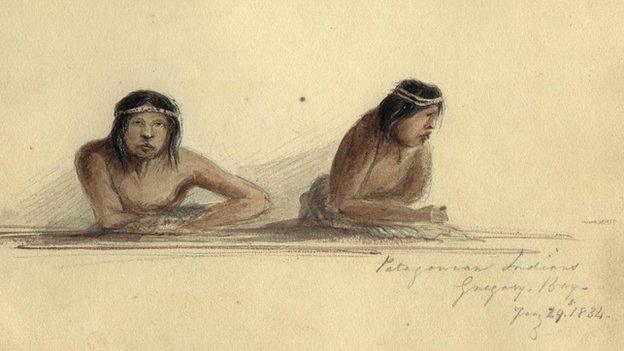Cambridge museum's 150-tonne rock collection moves to new home
- Published
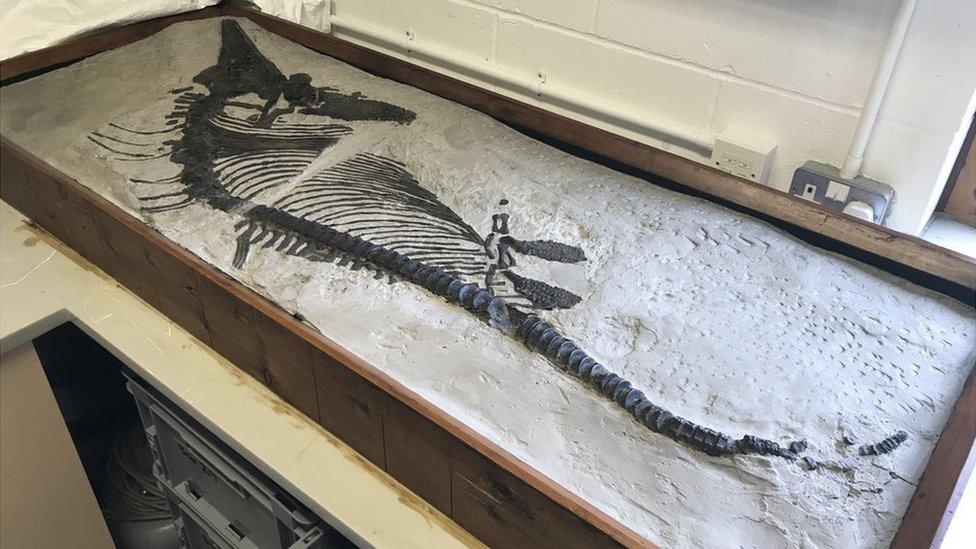
A marine ichthyosaur from the Jurassic period is held in the collection
Geologists have begun the process of moving a museum's 150-tonne "mountain" of fossils, rocks and dinosaur bones to a new climate-controlled home.
The vast hoard, ranging from mammoth tusks to meteorites, has been collected by the Sedgwick Museum in Cambridge since it was founded in 1728.
It includes exhibits from Charles Darwin's Beagle voyage and Scott's British Antarctic Expedition of 1913.
Museum director Liz Hide said it had "enormous potential" for researchers.
The two-year move involves transferring about two million specimens from the university's Atlas Building to the £2m Colin Forbes collection centre in west Cambridge.
Each piece will be individually weighed, labelled and stored in perfect conditions for easier access to researchers and the public, Dr Hide said.
She said among the highlights were specimens collected by the Victorian fossil hunter, Mary Anning, external.
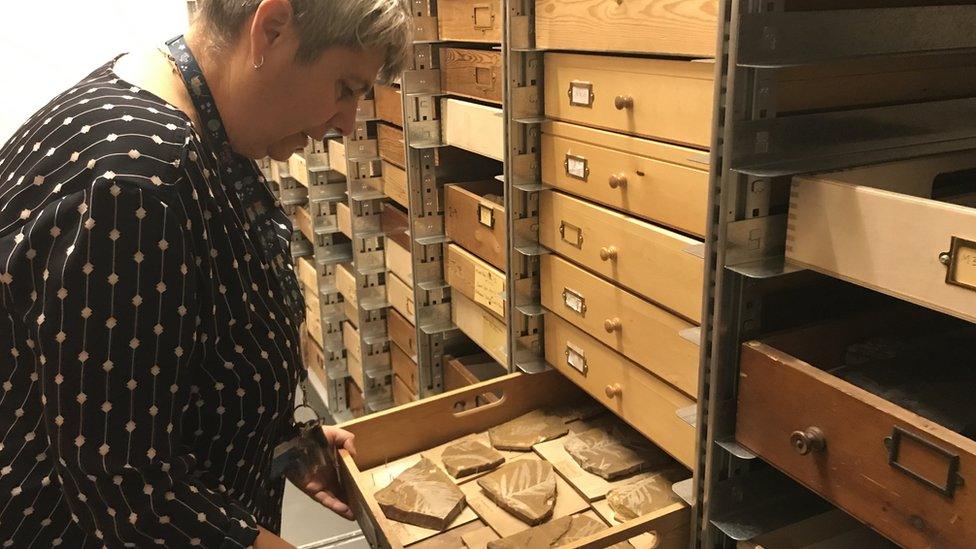
Museum director Dr Liz Hide opens one of the 15,000 drawers in the collection
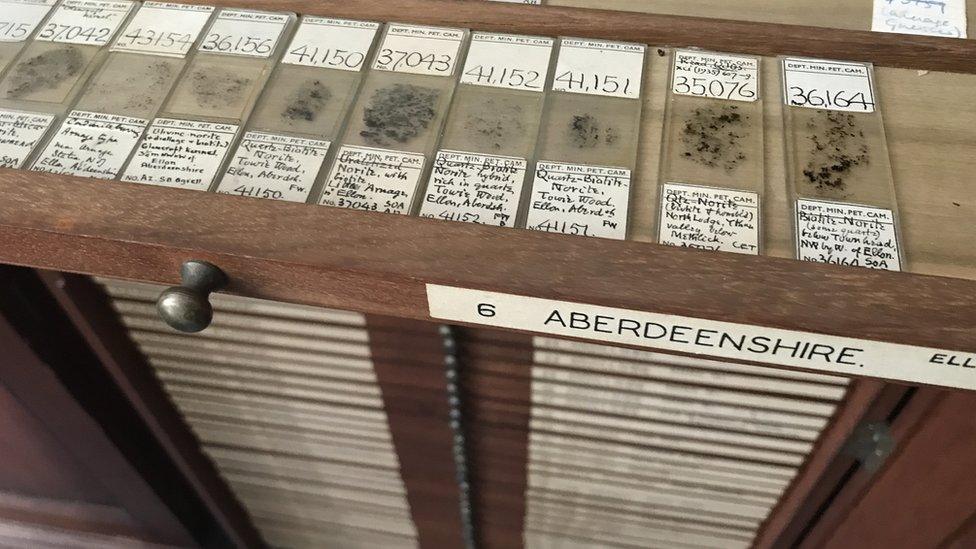
There are hundreds of drawers of rock slides from all over the world
The underfloor of the Colin Forbes building has been reinforced "to accommodate the sheer weight of the collection".
The Sedgwick Museum is considered one of the largest and most historically important centres for rocks, minerals and fossils in the world, attracting global research teams.
It boasts giant Jurassic ammonites, intact ichthyosaur fossils and mammoth tusks unearthed locally - with some pieces thought to be more than 200 million years old.
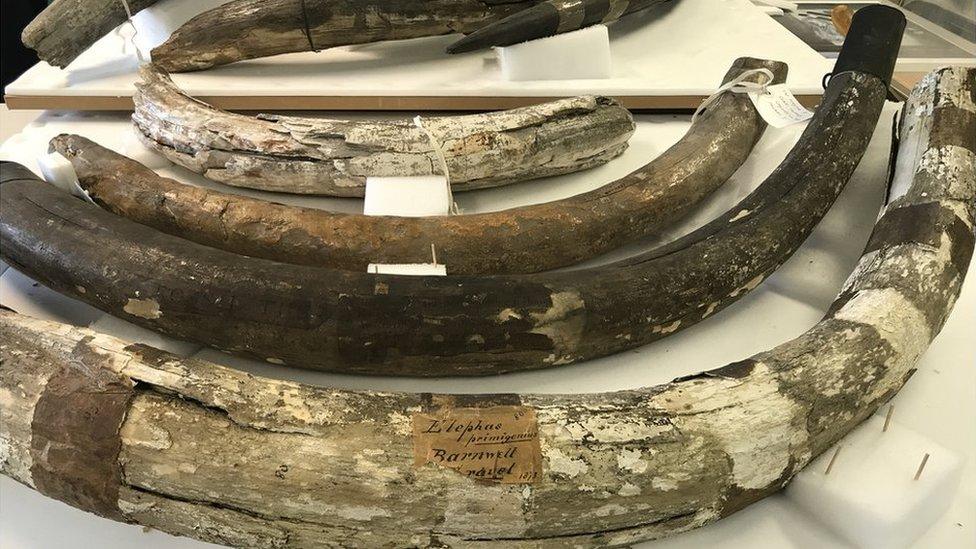
Mammoth tusks held at the Sedgwick Museum in Cambridge
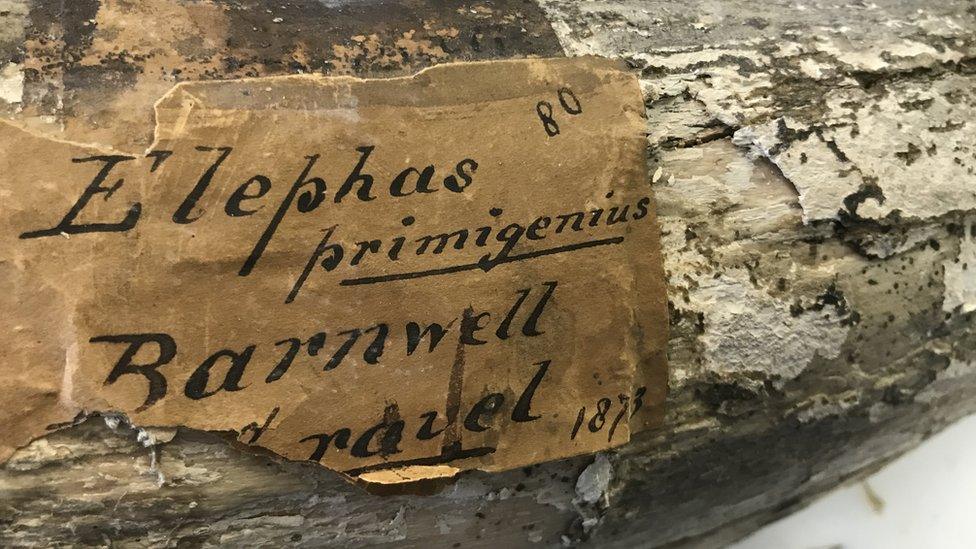
Many of the tusks were found in Cambridgeshire and are 130,000 years old
Museum conservator Sarah Wallace-Johnson said the climate would be controlled to prevent rust and corrosion, as "rocks are surprisingly sensitive things".
"We're moving about 15,000 drawers of rocks - with an average weight of 10 kilos each - it is literally moving a mountain," she said.
"Each column of drawers alone is about 300 kilos (47 stones)."
She said the collection contained rocks and samples "from the Arctic to the South Seas".
"We have the whole of the Earth in our building so that researchers don't have to go out to a tiny South Sea island to get a piece of volcanic rock - we have a piece of it here," she said.
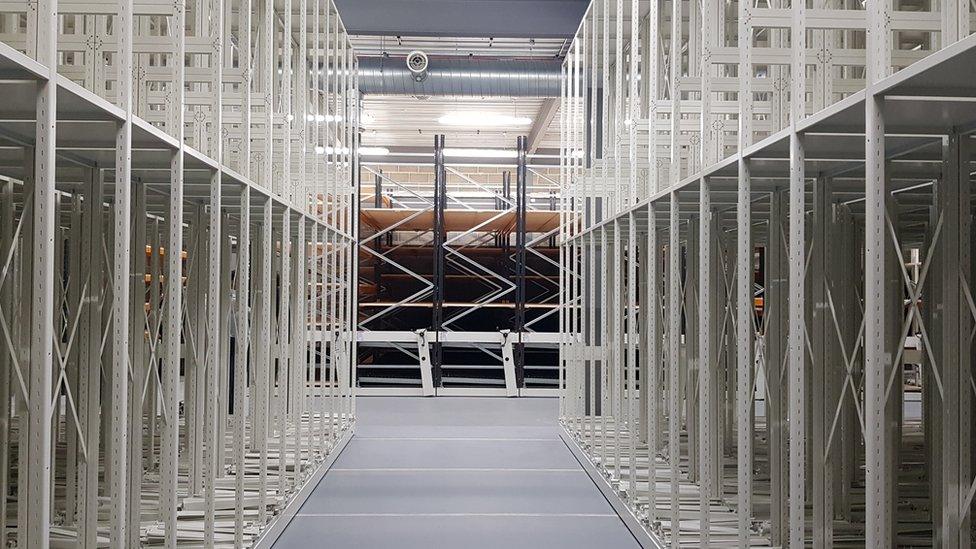
Empty cages at the new Colin Forbes building in Cambridge will house the collection
- Published19 October 2018
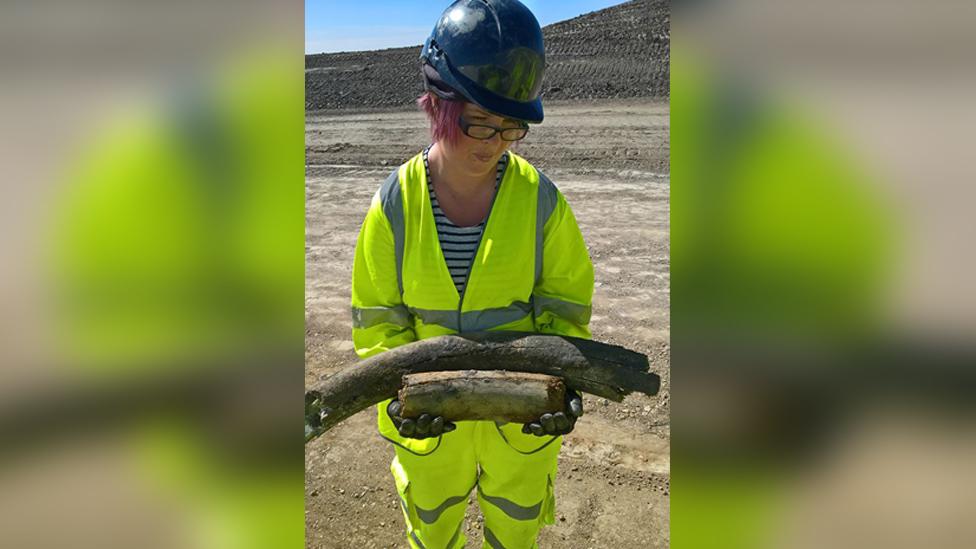
- Published20 September 2018
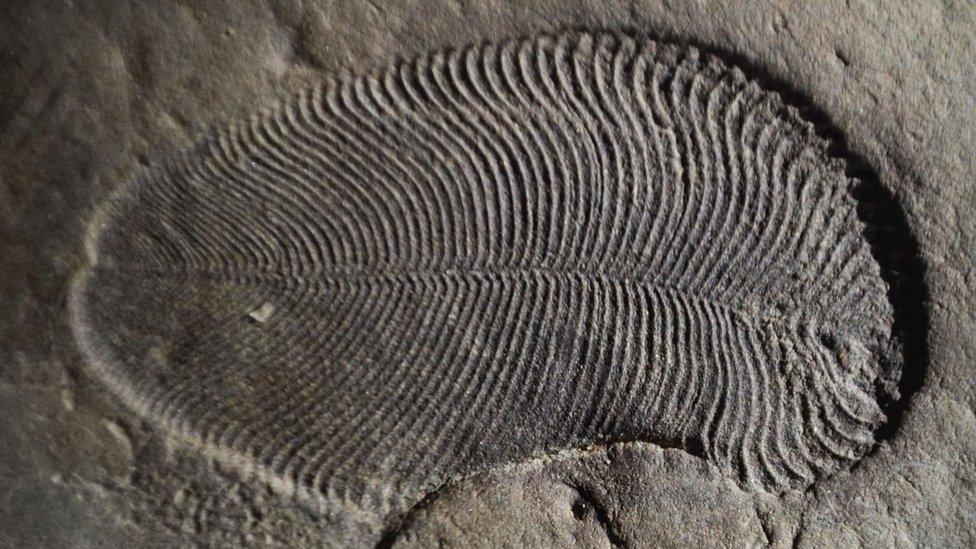
- Published6 January 2015
